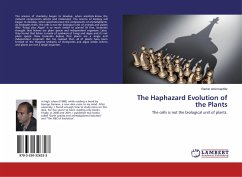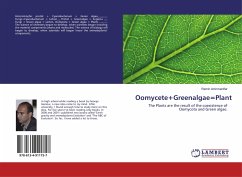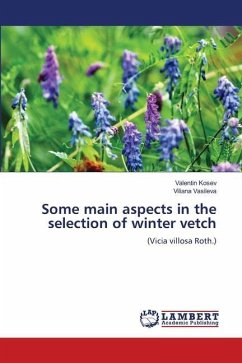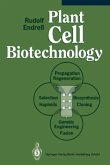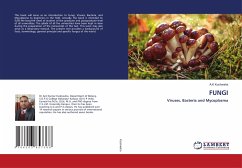The science of chemistry began to develop, when scientists know the material components (atoms and molecules). The science of biology will began to develop, when scientists know the components of animals/plants. As biologists think, the cells is not the biological unit of animals and plants Why "Fungi plus Algae" is so much similar to plants? At first, botanists thought that lichens are plant specie and independent organism. Later, they found that lichen is made of symbiosis of fungi and algae and it's not plant specie. Now botanists believe that plants are a single and independent organism. But I've realized that, all of plants have been formed of the mixgene simbiotic of Oomycetes and algae similar lichens and plants are not a single organism.

